Bush Summit: Farmers fear return to drought as rainfall plunges across swathes of Australia
Just three years on from withering drought, parts of the country are fearing a return to the conditions that devastated those farming the land.
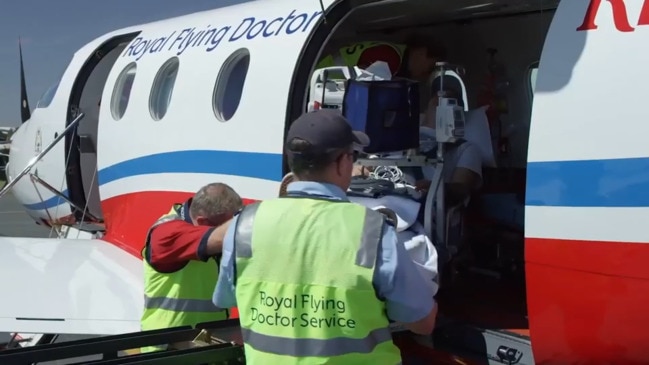
Farmers across Australia are staring down the barrel of another crippling drought, with rainfall across swathes of the country dropping to historic lows just months after widespread flooding.
The latest update from the Bureau of Meteorology reveals an alarming drop in rain across New South Wales and southwest Western Australia since May, with rainfall in the lowest five per cent the regions have received since 1900.
Southern Queensland has also experienced a “serious” lack of rain since December, according to the BOM, with totals in the lowest 10 per cent since in-depth record keeping began 123 years ago.
Jonathan Pollock, senior climatologist at the Bureau of Meteorology, said the immediate forecast for spring showed there would be little relief for those on the land.
“(Forecasts for) September to November are showing the southwest parts of Western Australia, as well as a lot of eastern Australia and the Northern Territory, are likely to have below median rainfall,” he said.
“Already there’s parts of the country which have rainfall deficiencies …. A lot of that is coming from El Nino.”
In NSW, the NSW Government’s drought indicator has already deemed areas ranging from parts of the Hunter to the north coast near Grafton and Lismore as suffering from drought.
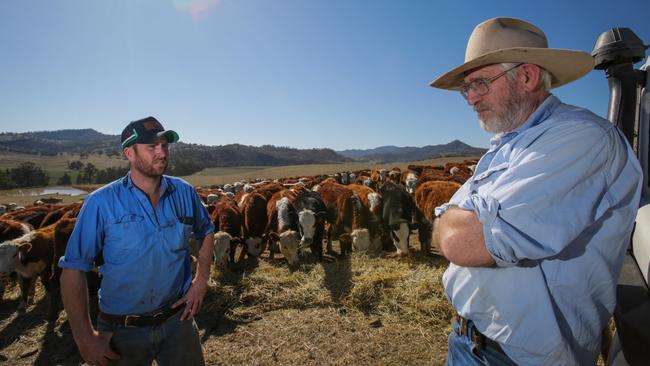
But local farmers say the designations don’t go far enough, with other parts of the Upper Hunter – given the lesser designation of ‘drought-affected’ by the government’s indicator – already suffering.
In eight months since November, parts of the Upper Hunter like Merriwa have received just 234mm of rain.
The region is on track to record lower rainfall than 2017, when just 466.8mm of rain fell over the year – the lowest the region has received since 2001.
Nearby Scone has had just 182.5mm of rainfall since November, compared to 225m across drought-struck 2018.
The prospect of being plunged back into drought after just two seasons of good rainfall has raised questions over government’s preparedness for another dry cycle, following two years of intense flooding across NSW.
Upper Hunter Nationals MP Dave Layzell said the rainfall tap had been turned off in his region since November.
“It’s pretty tough and dire out there and unfortunately it’s the same area as last time,” he said.
“The farmers I’m talking to, I’m describing it as a bit like PTSD for them – all those emotions coming back to the fore from the last drought.”
NSW Nationals leader Dugald Saunders said the government had to do more to brace for drought.
“After a dry winter and ahead of the warmer months, drought is now on every farmer’s mind. It is seemingly inevitable, it is coming, and we need to prepare for it,” he said.
“The last drought was the worst in living memory and it is vital that we plan for the next one now, but I am yet to hear what the new Minister for Agriculture intends to do to get our farmers through the harsh conditions.”
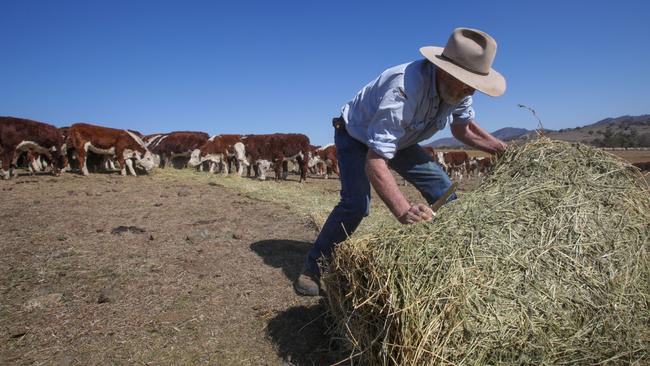
Richard Bell, who farms cattle half an hour east of Scone, said he had issues with the drought indicator used by the NSW Government – which shows parts of the area only ‘drought affected’ despite farmers saying it is in full blown drought already.
“After the end of the last drought in February 2020, we enjoyed up until November 2022 good seasons,” he said.
“All of a sudden it’s just stopped since November – we haven’t had anything beneficial since then.
“That’s one of the problems with the drought indicator the government use – they see we’ve had rain, but they haven’t got boots on the ground to see what it’s actually like.
“If you asked anyone in this area if we’re in drought, they’d say we’re in drought already.
“The whole of the Upper Hunter is in the drought conditions.
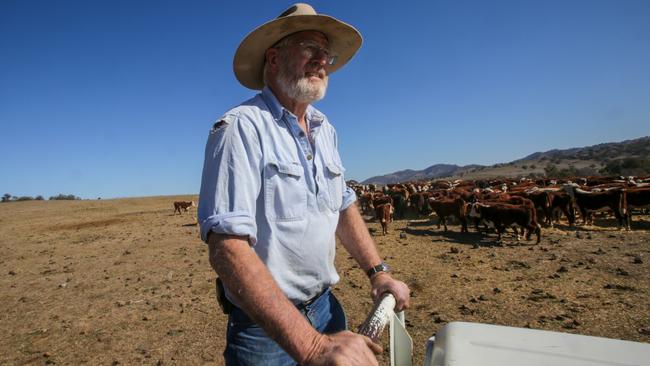
“It’s horrific really – we’ve missed out on rainfall for the summer, the autumn, and heading out of winter and we’ve basically had no rainfall.
“It’s just come on so quickly now. If the forecast is ongoing, god help us.”
Richard, who has two sons, said the difficulty of the past few years was enough to turn young people off farming.
“We’re in that position now … interest rates are going up, rainfall’s going down … for a young fella there’s not a lot of joy,” he said.
“I’m 67 – when you look around here there’s a lot of people my age and older. Not a lot of young people are going back on the land.
“The conditions are deteriorating very quickly – we don’t want to be in a position where we’re in drought but the government don’t recognise it.
“Flood and fire you recognise straight away – with a drought it’s so insidious, it just keeps building and building.
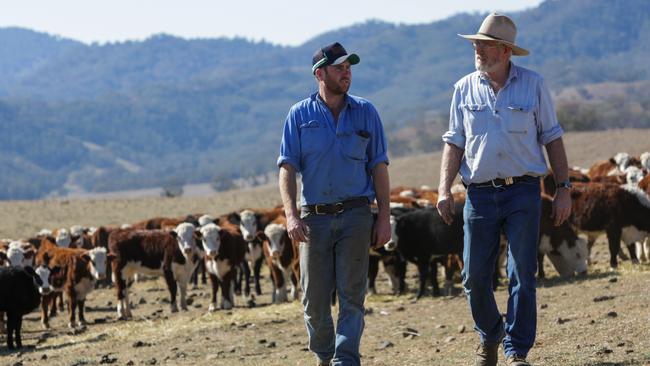
“Whether we get any help, that’s up to farming bodies. We all know farmers got to stand on their own two feet … but when it’s a serious situation, we’ve got to watch where it’s going and help those who need it. We’re providing food for the nation.”
Annie Kraeft, who runs cattle on her property Tivoli Angus 10km west of Merriwa, said rainfall was a fraction of what it should be at this time of year.
“Normally we get good rain in December, January and or February – we’d always get reliable rain and this year we seemed to just miss it,” she said.
After the horror memories of the last drought across 2017 to 2019, she said they’ve already started stocking up on extra feed for their livestock, after spending nearly $1m on buying feed during the last big dry.
“We’ve certainly been buying feed for the last couple of months, particularly because we had that experience of the big dry (last time),” she said.
“We’re a little bit more gun shy because of that significant dry. We spent more than half a million dollars on feed for the cattle over that period, I wouldn’t be surprised if it was closer to the one million mark.”
A spokeswoman for the Department of Regional NSW insisted that work is already underway to prepare for a return to El Nino conditions.
“The NSW Government is continuing to work with regional communities and farmers as they prepare for upcoming dry weather,” she said.
“The Government is also working with local government authorities to develop Regional Drought Resilience Plans. This work is co-funded with the Australian Government under the Future Drought Fund. The plans will identify local actions to prepare for and better respond to drought, informed by community consultation.”
More Coverage
Originally published as Bush Summit: Farmers fear return to drought as rainfall plunges across swathes of Australia





